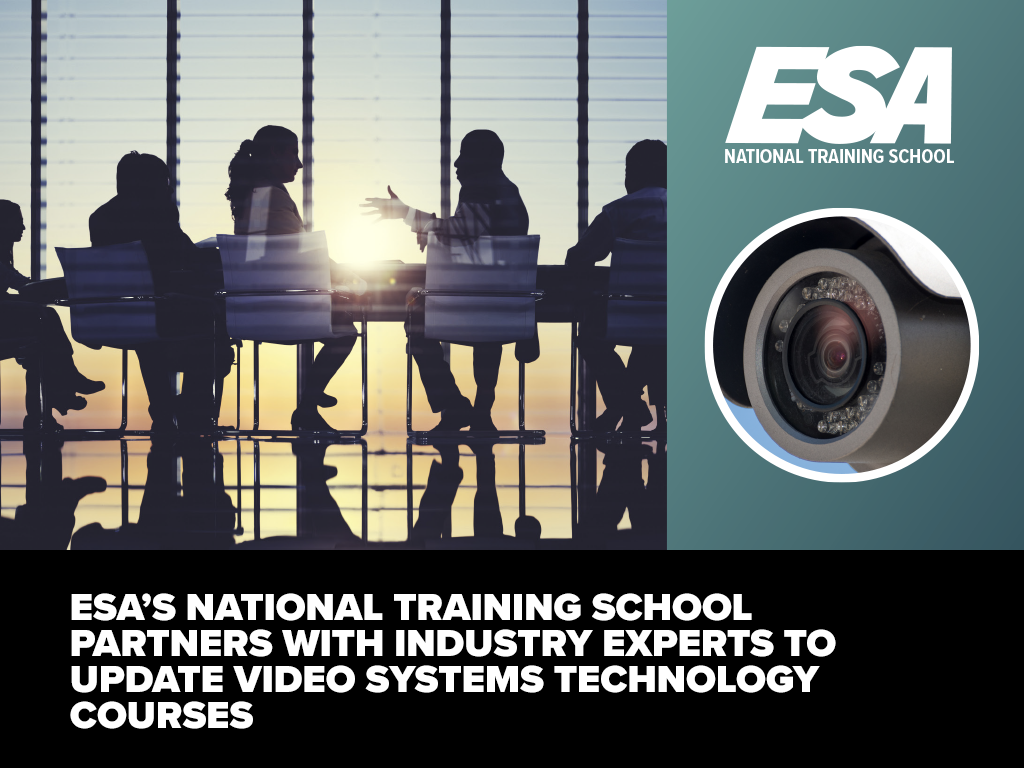Bringing Back Shop Class

My Dad really enjoys Facebook. Most of what he posts are memes or videos that he picked up from others. His posts are hilarious — some are cute, and others are educational. Recently one of his posts caught my attention. It was titled, “It’s Time to Bring Back Shop Class.” Turns out it was more of a video that provided statistics on workforce shortages in manufacturing, and data on how many people lack mechanical skills to do simple household repairs. It surprised me. My Dad really enjoys Facebook. Most of what he posts are memes or videos that he picked up from others. His posts are hilarious — some are cute, and others are educational. Recently one of his posts caught my attention. It was titled, “It’s Time to Bring Back Shop Class.”
Turns out it was more of a video that provided statistics on workforce shortages in manufacturing, and data on how many people lack mechanical skills to do simple household repairs. It surprised me.
It’s sad that there’s no longer ‘shop’ class in high schools. I attended high school in the 80’s in a small Canadian town (3,000 people) and we had several shop classes to choose from: mechanics, woodworking, cooking, and engineering. These classes were catalysts for so many people to find skills that they excelled at and enjoyed.
Considering I now oversee a ‘shop’ type training program for the electronic security industry, this experience sparked a mission for me: to discover if this meme my father shared was really true – was there truly no more shop classes?
We encourage all ESA Members to reach out to their local high schools and see if they offer career ready training programs.
Turns out, it isn’t true. Well, to be more specific, it’s no longer true. Ten years ago, it was closer to the truth.
Starting in the 80’s shop classes and careerready offerings started to decline. According to the National Center for Education Statistics, between 1990 and 2009, the number of high school credits earned in career-ready courses declined 14%.
This was due to reduced state funding and a push for students to enter degree programs. In addition, the graduation requirements increased during this time frame, which required students to take more academic courses — which in turn left less time for career-ready courses.
The good news is that students are now being offered more and more opportunities to choose trade-related classes. These programs are more than just courses, they are career pathway programs that provide in-depth training into a profession. The goal of these programs is to place high school graduates that are fully employable into a trade or profession.
The driving force behind the growth in these offerings is the need to close the gap on the growing skilled workforce shortage. Recent federal and state legislation has passed that provides additional funding for these programs. In order to satisfy the demand and comprehensive course offerings, many school districts have created regional vocational and technical high schools that serve all students in the area.
ESA is currently working with one of these vocational high schools, Huntingdon County Career and Technology Center (CTC) to integrate electronic security installation training into one of their programs. Huntingdon CTC, located in Pennsylvania, serves the entire county and they are committed to providing quality career and technical education opportunities for students in order for them to gain and maintain employment, pursue post-secondary education, and develop an appreciation for lifelong learning.
Four of ESA’s National Training School courses will be part of their Public Health and Safety program which provides education in the fields of fire, EMS, law enforcement, corrections, private security and Homeland Security. ESA is looking to partner with more high schools so that more graduates will not only choose to enter the electronic security and life safety industry, but be fully equipped to walk into their new career with the skills needed to succeed. Not unlike other trade professions, the security industry is facing a skilled worker shortage, and these types of programs are vital to providing a resource for companies to find employees.
To read more about our partnership with the Huntingdon County Career and Technology Center, flip to page 20 in the 2018 Nov/Dec issue of Security Nation.
We encourage all ESA Members to reach out to their local high schools and see if they offer career ready training programs. Many times, the faculty of these programs are desperate for guest lecturers, and the career counselors are looking for job opportunities for their graduates. If you find a vocational program that is lacking security installation training, please send them our way. We would love to see what we can do to help provide the needed curriculum.




